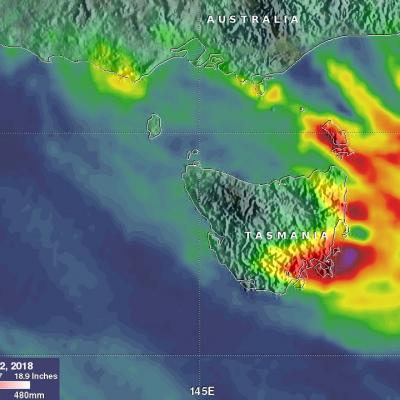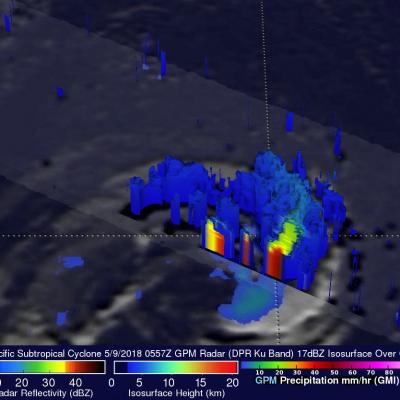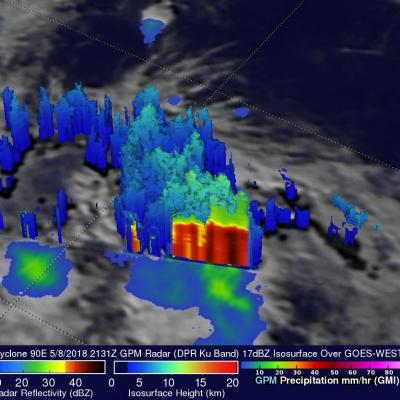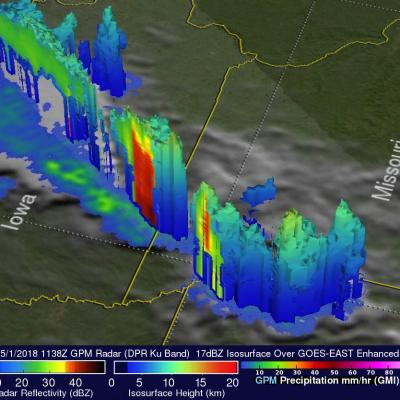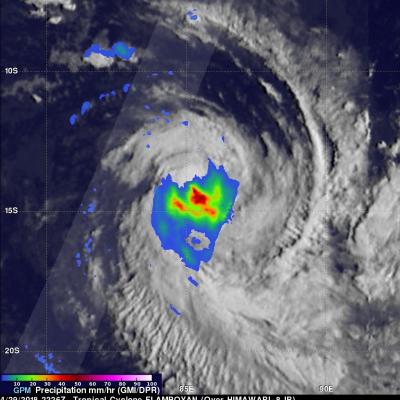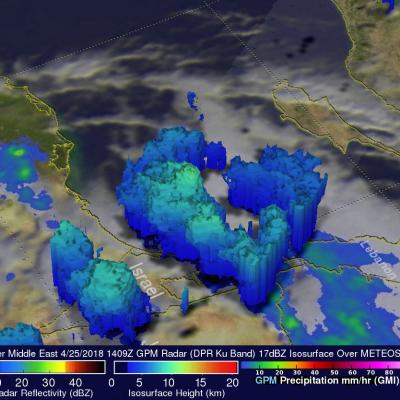Replacement GPM Ka/Ku L1B products (2018-05-18) for orbit 23969
PPS received replacement GPM Ka/Ku L1B products from JAXA and will reprocess the affected data including Level 2 and 3 data. If you have already obtained products with orbit#23969 from our archive or through a standing order, etc., please discard and use the replacement products. PPS has replaced the following GPM Ka/Ku L1B data: GPMCOR_KUR_1805180849_1022_023969_1BS_DUB_05A.h5 GPMCOR_KAR_1805180849_1022_023969_1BS_DAB_05A.h5 PPS will reprocess the following L2-3 downstream products: 2AKa 2A.GPM.Ka.V7-20170308.20180518-S084951-E102226.023969.V05A.HDF5 2AKu 2A.GPM.Ku.V7-20170308.20180518


